Search Images
Browse Content (p. 1492)

Image
Temple of Bacchus, Baalbek
Detail of the cella of the Bacchus temple in Baalbek, Lebanon which dates to the end of the 2nd century CE.
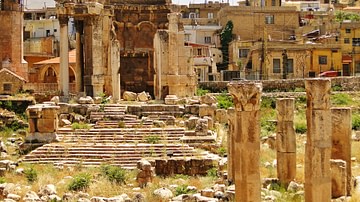
Image
Temple of Venus, Baalbek
Temple of the goddess Venus in the Baalbek temple complex, Lebanon, early 3rd century CE.
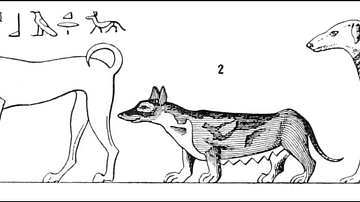
Image
Egyptian Dog Types
An illustration of three different dog types depicted on Egyptian monuments.

Image
Carthaginian War Elephant
An artist's rendition of a Carthaginian war elephant during the Punic Wars with Rome.
![Greek Trireme [Artist's Impression]](https://www.worldhistory.org/img/c/p/360x202/4650.jpg?v=1748333291)
Image
Greek Trireme [Artist's Impression]
An artist's rendition of a Greek trireme in battle.
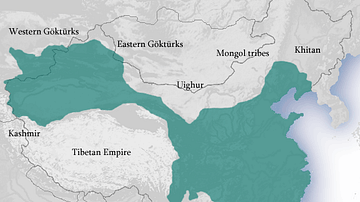
Image
China during Wu Zetian's Reign
Map of China showing the Wu Zetian's empire c. 700 CE.
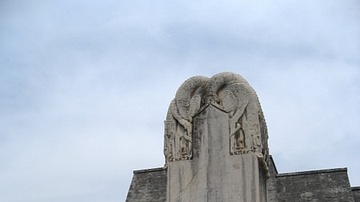
Image
Wu Zetian's Stele
Wu Zetian's (r. 683-704 CE) Stele at Quianling Mausoleum where she was buried along with her husband Gaozong.
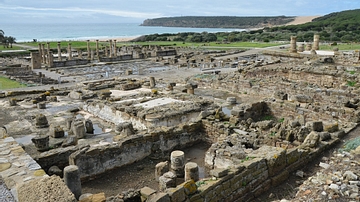
Image
Baelo Claudia, Spain
Overview of the ruins of Baelo Claudia lying along the beach of Bolonia in southern Spain. The town was founded in the end of the 2nd century BCE.
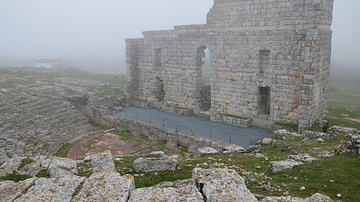
Image
Roman Theatre of Acinipo, Spain
The Roman theatre of Acinipo in southern Spain (Roman province of Hispania Baetica), built in the middle of the 1st century BCE. It is one of the most ancient Roman theatres in Spain.
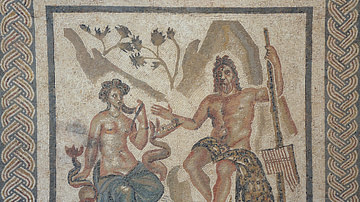
Image
Cyclops Polyphemus & Galatea Mosaic
Mosaic with the Cyclops Polyphemus and the nymph of the sea Galatea, discovered in 1959 during excavation work under the Plaza de la Corredera in Cordoba, Spain. The mosaic dates to the 2nd century CE. Salón de los Mosaicos (Hall of Mosaics...